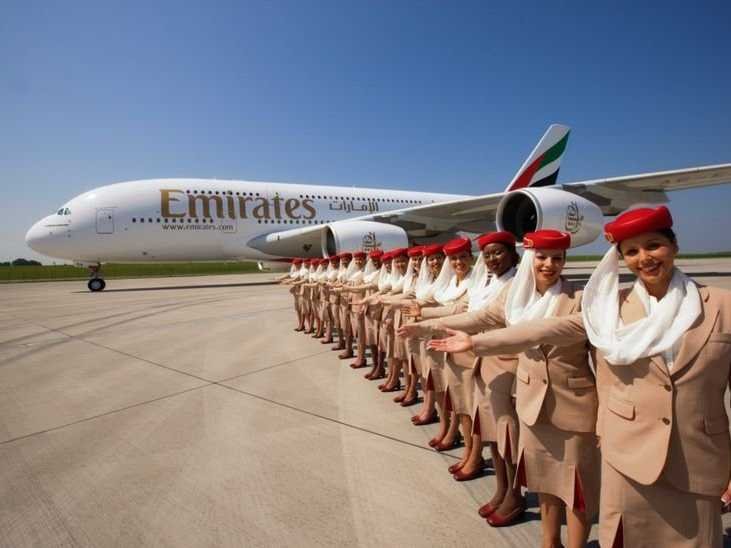The Credibility Gap of the Nixon era can’t begin to speak to what America now endures, a post-truth Presidency that lies directly into cameras, not in the hopes of fooling anyone, but in an attempt to fashion it’s own alternative reality.
There are many problems with that disgraceful approach, chiefly that it precludes an enlightened democracy, but one other small but meaningful danger is that such an Administration would likely be disbelieved should it in fact acquire intelligence of a genuine risk to society. A President who lies pathologically cannot be believed, a White House that enacts Bannon-playbook Muslim travel bans on false pretenses can’t be trusted, an Oval Office which seems to be in the thrall of an adversarial foreign power must be questioned at every turn. You can’t believe such a pack of liars because it’s dangerous to do so, and it might occasionally be perilous to not trust them. But how would we know the difference?
From Thomas Joscelyn’s Politico report about the laptop ban on certain Muslim countries, which may be a response to a legitimate threat or maybe not:
Initial press reports, including by the New York Times, cited anonymous officials as saying that the restrictions were not a response to new intelligence. But the DHS announcement implies otherwise. One question on the DHS web site reads, “Did new intelligence drive a decision to modify security procedures?” The answer: “Yes, intelligence is one aspect of every security-related decision.” The British government’s quick decision to follow suit also suggests that something new is afoot here.
Subsequent reports from CNN and The Daily Beast indicate that intelligence collected during a U.S. Special Forces raid in Yemen in January led to the restrictions. That is possible. The raid was highly controversial, but the Trump administration argues the costs were worth it because the U.S. learned key details about al Qaeda in the Arabian Peninsula’s (AQAP) plotting. A Navy SEAL perished during the operation, as did a number of women and children. Within hours, jihadists began circulating a photo of an adorable little girl who died in the crossfire. The girl was the daughter of Anwar al Awlaki, a Yemeni-American al Qaeda ideologue killed in a September 2011 drone strike. Al Qaeda immediately called for revenge in her name.
Whether new intelligence led to the decision or not, we already know for certain that al Qaeda has continued to think up ways to terrorize the skies. For years, Al Qaeda operatives in Somalia, Syria, Yemen and elsewhere have been experimenting with sophisticated explosives that can be smuggled onto planes.
DHS points to the “attempted airliner downing in Somalia” in February 2016 as one reason for ongoing concerns. That bombing was carried out by al Shabaab, al Qaeda’s official branch in Somalia. Al Shabaab attempted to justify the failed attack by claiming “Western intelligence officials” were on board the flight, but that excuse may be a cover for something more sinister.
Some U.S. officials suspect that al Qaeda’s elite bomb makers wanted to test one of their newest inventions, a lightweight explosive disguised as a laptop that is difficult to detect with normal security procedures. At the very least, Shabaab’s attack demonstrated that al Qaeda has gotten closer to deploying a laptop-sized explosive that can blow a hole in jetliners. While no one other than the terrorist who detonated the bomb was killed, the plane was left with a gaping hole in its side.•
Tags: Donald Trump, Thomas Joscelyn

